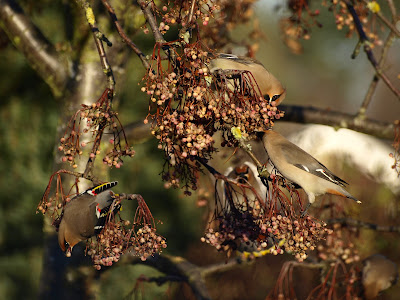Today is exactly one year on since the first working day of Turnstone Ecology! It has been a great year for us and in truth much more than we had hoped for from our first year of business.

 We’ve had the opportunity to work with some good clients and some old friends and colleagues on a real variety of interesting projects. In the last twelve months we have surveyed for and found a wide range of species including Great Crested Newts, bats, Dormice, Badgers, Otters, Pine Marten, Red Squirrel, Water Vole and all the commoner Reptile species as well as a variety of ornithological jobs.
We’ve had the opportunity to work with some good clients and some old friends and colleagues on a real variety of interesting projects. In the last twelve months we have surveyed for and found a wide range of species including Great Crested Newts, bats, Dormice, Badgers, Otters, Pine Marten, Red Squirrel, Water Vole and all the commoner Reptile species as well as a variety of ornithological jobs.
 Along with winter and breeding bird site surveys across the country our bird work has also included wind farms in the UK and abroad, surveys of a pSPA to provide management advice associated with new public access and a watching brief of a Peregrine Falcon nest; which saw two juvenile Peregrines successfully fledge. We have worked on a variety of job sizes from small individual housing developments to large international wind farms and have really enjoyed the variety of challenges that comes with each.
Along with winter and breeding bird site surveys across the country our bird work has also included wind farms in the UK and abroad, surveys of a pSPA to provide management advice associated with new public access and a watching brief of a Peregrine Falcon nest; which saw two juvenile Peregrines successfully fledge. We have worked on a variety of job sizes from small individual housing developments to large international wind farms and have really enjoyed the variety of challenges that comes with each.  We would like to extend our warmest thanks to everyone who has been involved in the first year of Turnstone Ecology. So many people have helped along the way and it’s not possible to list them all!This has included huge help in starting up the business to the odd simple words of advice and encouragement along the way and all of this has been invaluable to us – we hope that all those who have helped know how grateful we are for their time, energy, effort and support.
We would like to extend our warmest thanks to everyone who has been involved in the first year of Turnstone Ecology. So many people have helped along the way and it’s not possible to list them all!This has included huge help in starting up the business to the odd simple words of advice and encouragement along the way and all of this has been invaluable to us – we hope that all those who have helped know how grateful we are for their time, energy, effort and support. We look forward to our second year as a company and already have a lot of exciting work lined up. We are expecting that Turnstone Ecology will continue to grow, becoming involved with new clients and projects and adding to the team of experienced ecologists.
We look forward to our second year as a company and already have a lot of exciting work lined up. We are expecting that Turnstone Ecology will continue to grow, becoming involved with new clients and projects and adding to the team of experienced ecologists.
Tristan, Steve and Mark


















